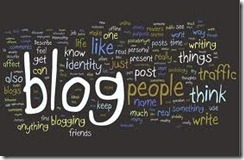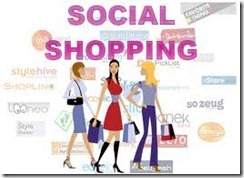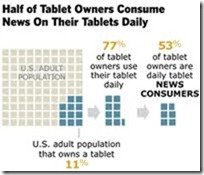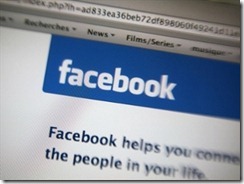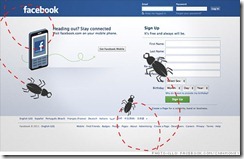Mobile Marketers Most Interested in Apps, Barcodes
 Mobile apps (43%) and mobile barcodes (41%) rank highest as mobile marketing strategies companies would be interested in deploying in the next 12 months, according to [pdf] a December 2011 survey from AT&T. Data from the survey indicates that banner ads (40%) follow closely as a potential strategy, with mobile web (35%) and SMS messages (34%) not far behind and digital signage (17%) appearing the least desired.
Mobile apps (43%) and mobile barcodes (41%) rank highest as mobile marketing strategies companies would be interested in deploying in the next 12 months, according to [pdf] a December 2011 survey from AT&T. Data from the survey indicates that banner ads (40%) follow closely as a potential strategy, with mobile web (35%) and SMS messages (34%) not far behind and digital signage (17%) appearing the least desired.
According to a November 2011 study from the e-tailing group, sponsored by Bronto, SMS marketing tactics are far less likely to be used by marketers than other mobile capabilities such as mobile commerce sites and mobile applications. Just 14% of marketers currently collect SMS opt-in from customers in all channels, while only 7% text to send out marketing messages, and 6% text to send out transactional support messages such as confirmations and order status. Between one-quarter and one-third of respondents plan to employ these capabilities in the next 12 months.
By contrast, 29% of respondents said they currently use a mobile commerce site, with a further 42% planning to employ one in the next year. 19% reported currently employing a mobile application, with 27% more planning use in the next year.
Mobile Programs To Increase
88% of respondents to the AT&T survey expect their mobile marketing program to increase in the next 12 months, while 52% reporting use of mobile marketing as part of their overall marketing strategy. Of those who do not currently have a mobile marketing strategy, more than half plan to implement one in 2012. Meanwhile, of those who do use a strategy, 51% say they are still trialing mobile marketing, while 46% say it is an integral aspect of select marketing initiatives.
Consumer Demand Will Determine Barcode Adoption
87% of marketers say that consumer demand is an important or very important criterion for them to increase their use of mobile barcodes, followed closely by the proportion who cite cost structure (84%) and security (83%). Perhaps marketers should look to mothers first for demand: according to a November 2011 joint study between BabyCenter and comScore, just 4% of mothers say they would not use a QR code, compared to 19% of the general population.
Overall, two-thirds of marketers responding to the AT&T survey agree that mobile barcodes will drive innovation in mobile marketing in the next year. 44% of respondents believe barcodes can help brands engage with customers, while one-third believe they can increase awareness of products and services.


